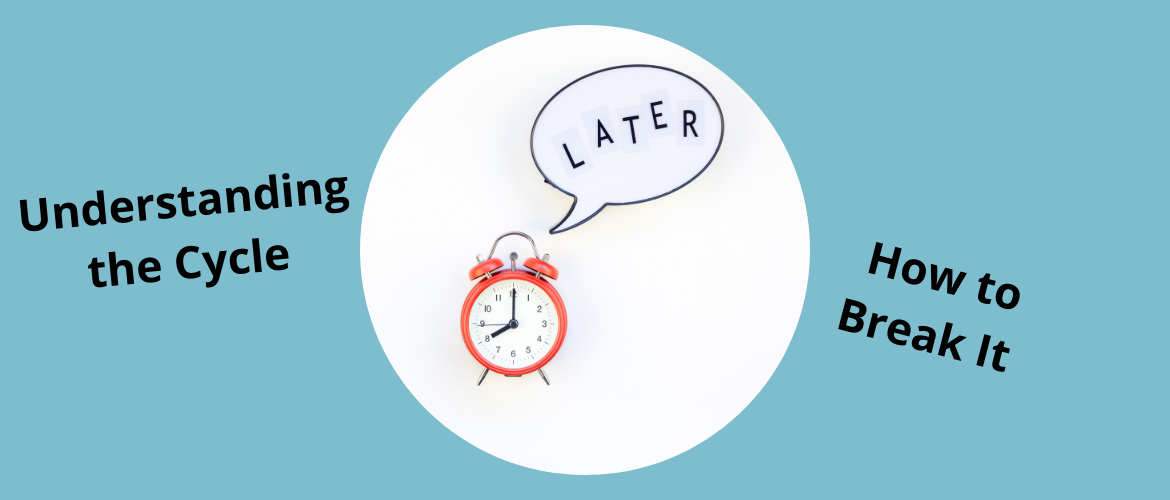
Procrastination: Understanding the Cycle and How to Break It
We’ve all been there—delaying a task, convincing ourselves that tomorrow will be a better time to start. But procrastination is more than just poor time management or laziness. It’s a complex psychological pattern that can significantly reduce our quality of life. Understanding the mechanics behind procrastination can empower us to take steps toward meaningful change.
What Is Procrastination?
Procrastination is the tendency to delay or avoid completing a desired task, often due to discomfort associated with that task. Unlike rational postponement, where delays are strategic or necessary, procrastination is driven by emotional avoidance. Over time, this pattern becomes self-reinforcing, leading to chronic inaction, guilt, and stress.
The Psychological Cycle of Procrastination
The procrastination loop typically follows a predictable path:
-
The Task or Goal: You encounter a task—be it professional, personal, or academic.
-
Unhelpful Rules and Assumptions: You start to internalize fears and limiting beliefs. Thoughts like “If I fail, what does that say about me?” create discomfort.
-
Discomfort-Driven Avoidance: This emotional discomfort makes the task seem aversive. You begin to focus more on avoiding the uncomfortable feelings than on the task itself.
-
Procrastination Excuses: To relieve this discomfort, you justify putting it off: “I’ll be more productive tomorrow,” or “I need to be in the right mood.”
-
Procrastination Activities: These excuses lead to diversions—like cleaning, socializing, or watching TV—that offer short-term satisfaction.
-
Short-Term Reward: These diversions give a temporary boost of pleasure, reinforcing the habit of avoidance.
-
Long-Term Negative Consequences: Eventually, tasks pile up, stress increases, and self-judgment sets in. This cycle undermines confidence and makes procrastination more likely in the future.
Why Do We Procrastinate?
At its core, procrastination is often an emotional regulation issue. It can stem from perfectionism, fear of failure, or uncertainty. These unhelpful internal rules generate emotions like anxiety, anger, frustration, and embarrassment, making us want to flee rather than face the task.
Breaking the Cycle: Strategies for Change
-
Identify and Challenge Unhelpful Beliefs
Notice the negative assumptions that arise when you think about the task. Are they realistic? Reframe them with more balanced thoughts. For example, replace “I must do this perfectly” with “Doing my best is enough.” -
Accept Discomfort as Part of the Process
Tasks don’t have to feel pleasant to be worthwhile. Learning to sit with discomfort—and still act—is a key skill in overcoming procrastination. -
Use the “5-Minute Rule”
Commit to doing just five minutes of the task. Often, starting is the hardest part. This rule helps lower the activation energy required to begin. -
Create a Supportive Environment
Reduce distractions and organize your workspace. Structure your day with designated task periods, using tools like timers or accountability partners. -
Reward Progress, Not Just Completion
Celebrate small steps. Positive reinforcement helps replace avoidance habits with a sense of accomplishment and motivation. -
Practice Self-Compassion
Being harsh on yourself only reinforces the cycle. Treat yourself with kindness when you slip, and focus on re-engaging rather than ruminating.
Procrastination is not a personal failing—it’s a coping mechanism that can be unlearned with insight, patience, and practice. By understanding its roots and consciously choosing more helpful responses, we can reclaim our time, focus, and well-being.























